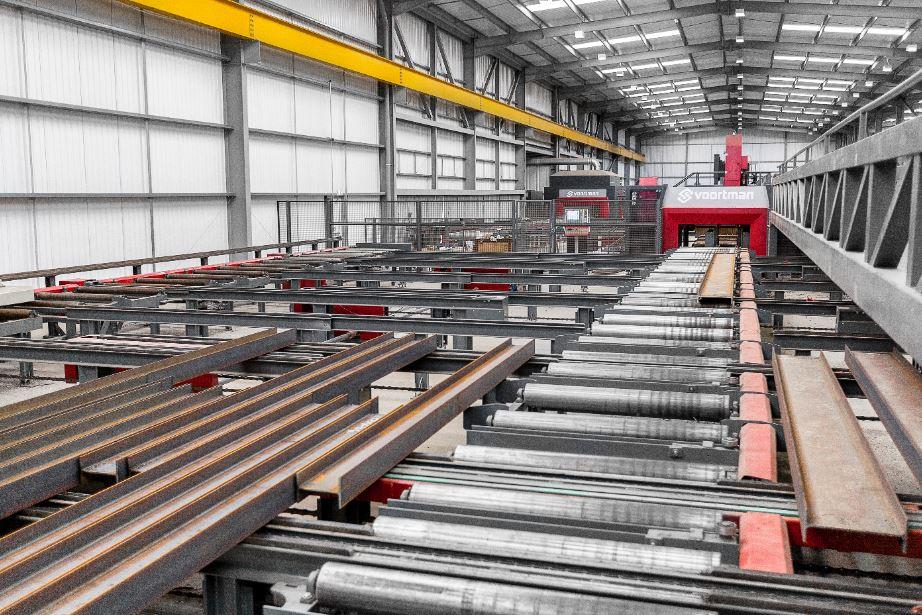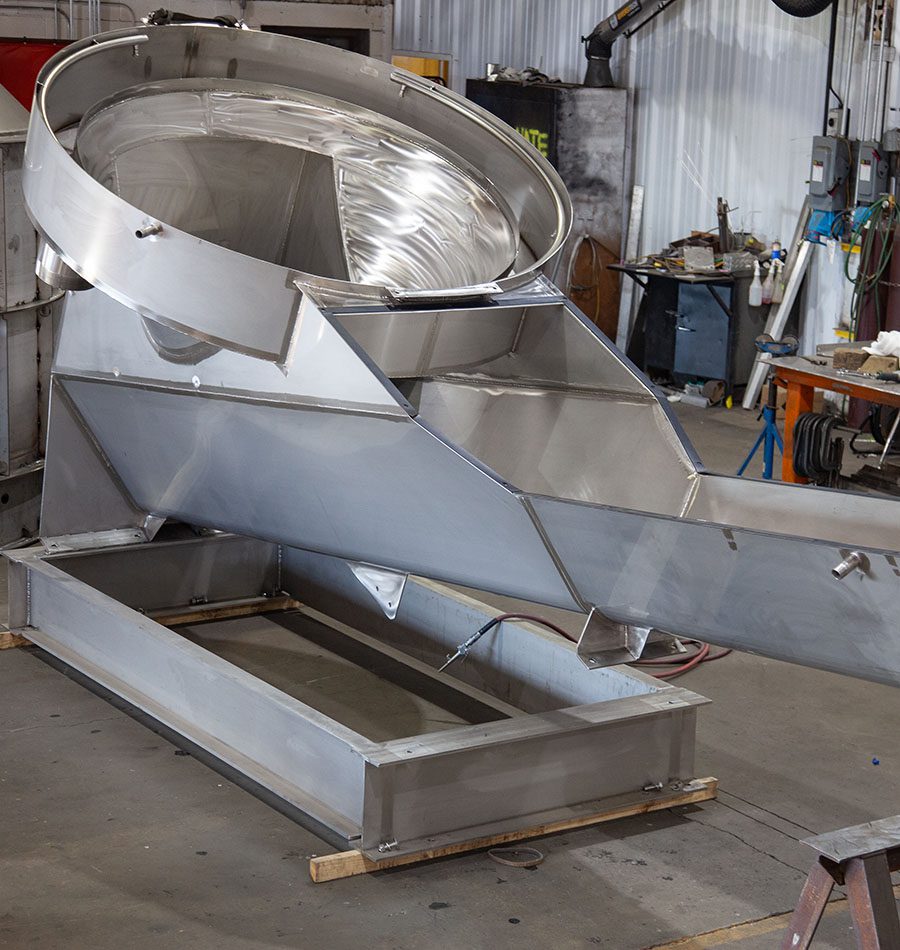Steel Fabrication Melbourne: Workmanship Satisfies Advancement
Cutting-edge Patterns in Steel Construction: Enhancing Toughness and Accuracy
In the world of steel construction, the pursuit of toughness and accuracy has led to a wave of cutting-edge trends that are reshaping the market. From advancements in welding technologies to the integration of robotic automation in construction processes, the landscape of steel manufacturing is developing swiftly. High-strength alloy development, combined with the utilization of 3D modeling and simulation software, is pushing the limits of what is possible in regards to structural honesty and precision. The growing focus on lasting practices in steel manufacturing is not only driving performance however additionally promoting a more environmentally mindful method to fabrication. These patterns are not simply forming the present but additionally laying the groundwork for the future of steel fabrication, assuring further improvements in longevity and precision.
Advanced Welding Technologies
In the realm of steel manufacture, the adoption of cutting-edge welding modern technologies has dramatically transformed the industry's approach to attaining superior quality and precision in architectural welds. Advanced welding innovations, such as laser beam of light welding and friction mix welding, have emerged as game-changers in the field. By leveraging these innovative welding strategies, steel makers can elevate the durability, toughness, and precision of their structural welds, fulfilling the progressively demanding needs of modern-day building and construction projects.
Robotic Automation in Construction
Welcoming robot automation has become a foundation of modern-day steel fabrication practices, improving and streamlining procedures performance throughout the market. Robots are changing the means steel elements are made, using unrivaled accuracy and speed while lowering human error. These automated systems can manage recurring jobs with constant accuracy, causing higher quality end items.
One key advantage of robot automation in steel fabrication is the ability to work all the time without fatigue, significantly enhancing production outcome. This continuous procedure minimizes downtime and speeds up task timelines, eventually conserving costs for manufacturers. Furthermore, robotics can be configured to perform elaborate tasks that might be hazardous or challenging for human workers, enhancing safety and security in the office.
In addition, robotic automation enables smooth combination with other digital innovations, such as computer-aided style (CAD) software program and Internet of Points (IoT) systems (metal fabrication melbourne). This interconnected strategy enhances communication in between different stages of construction, maximizing workflows and ensuring real-time surveillance and control. As the steel fabrication industry continues to develop, robot automation attracts attention as a transformative force driving effectiveness and accuracy in making procedures

High-Strength Alloy Development
The advancement of high-strength alloy advancement in steel manufacture is reshaping the industry's technique to boosting product longevity and efficiency. High-strength alloys are crafted to exhibit superior mechanical residential or commercial properties, such as raised tensile strength, durability, and deterioration resistance compared to conventional steel qualities. By integrating these sophisticated alloys into fabrication processes, producers can produce components that hold up against higher anxiety levels and extreme environments, causing even more dependable and sturdy output.
One secret benefit of high-strength alloy growth is the ability to lower material thickness without jeopardizing structural honesty. This not only results in lighter-weight elements yet likewise adds to cost savings and enhanced performance in manufacture and setting up processes. In addition, the enhanced strength-to-weight proportion of these alloys enables the style and construction of structures with greater load-bearing capacities while decreasing general weight.
3D Modeling and Simulation Software Application
Advancements in steel construction processes have actually been significantly moved by the combination of cutting-edge 3D modeling and simulation software devices. These devices permit fabricators to create comprehensive virtual designs of their jobs, allowing them to visualize the end product with precision prior to any kind of physical work starts. By simulating various stress aspects, environmental problems, and architectural tons, fabricators can maximize layouts for enhanced resilience and performance. Furthermore, 3D modeling and simulation software application simplify the manufacturing process by recognizing potential problems early on, reducing the need for expensive rework and minimizing product waste.

Lasting Practices in Steel Production
Incorporating sustainable techniques into steel manufacturing procedures is crucial for minimizing ecological effect and guaranteeing long-lasting source availability. One visit their website crucial sustainable technique is the adoption of energy-efficient innovations to reduce greenhouse gas discharges during the steel manufacturing process. This consists of using sustainable energy resources, such as solar or wind power, to power steel plants and executing energy-efficient equipment to optimize energy usage.
One more critical element of sustainable steel manufacturing is the responsible sourcing of basic materials. This includes guaranteeing that the iron ore and other sources made use of in steelmaking are gotten from eco friendly and moral resources. By advertising openness in the supply chain and sticking to stringent environmental standards, steel manufacturers can reduce the negative impacts of resource removal on regional ecosystems and areas.

Final Thought
To conclude, the cutting-edge trends in steel fabrication such hop over to here as innovative welding innovations, robotic automation, high-strength alloy development, 3D modeling and simulation software, and sustainable practices are boosting the toughness and precision of steel products. These innovations are reinventing the steel manufacture market by boosting efficiency, sustainability, and quality. It is clear that the future of steel fabrication lies in welcoming these advanced technologies to satisfy the needs of contemporary building and production sectors.
In the realm of steel construction, the quest of longevity and precision has led to a wave of cutting-edge fads that are reshaping the industry.In the world of steel manufacture, the adoption of cutting-edge welding technologies has considerably changed the market's strategy to accomplishing exceptional high quality and precision in architectural welds. As the steel manufacture industry continues to advance, robot automation stands out as a transformative pressure driving efficiency and accuracy in making procedures.
Furthermore, recycling and recycling steel scrap and waste visit products play a considerable duty in improving the sustainability of steel manufacturing. metal fabrication melbourne.In final thought, the innovative patterns in steel manufacture such as sophisticated welding innovations, robot automation, high-strength alloy development, 3D modeling and simulation software, and lasting techniques are improving the toughness and precision of steel products